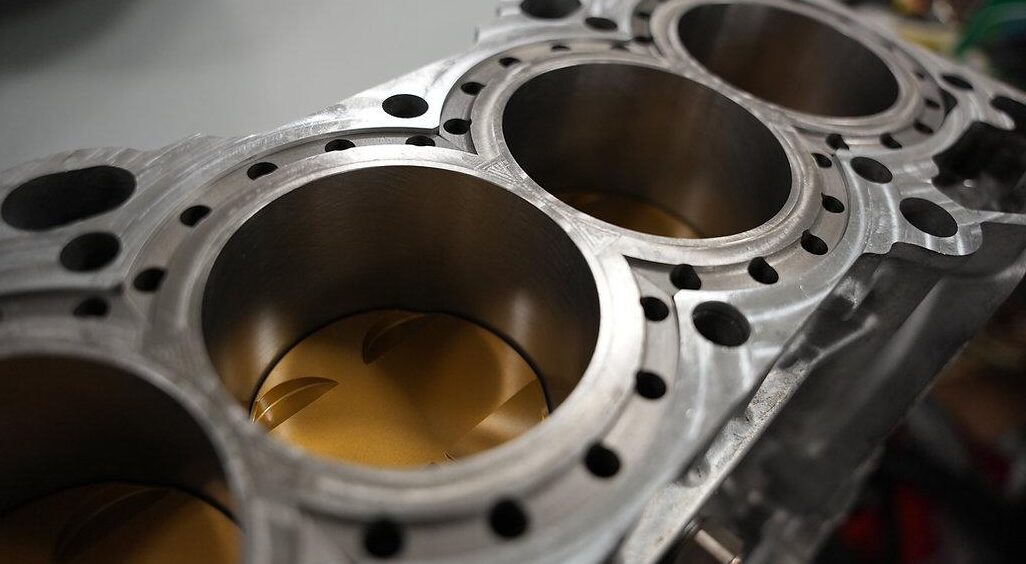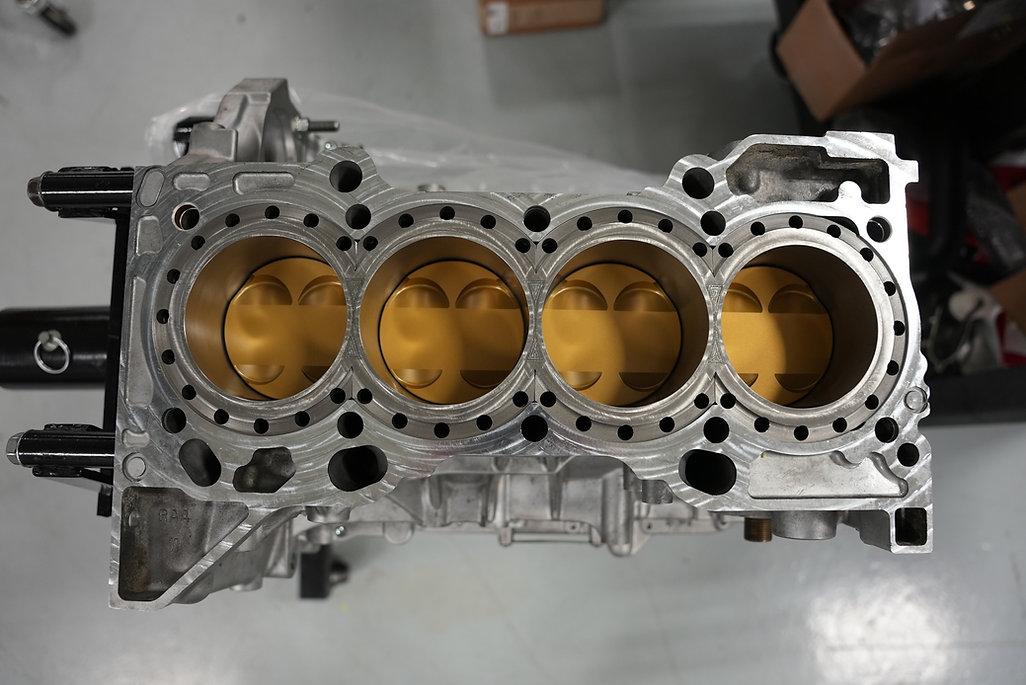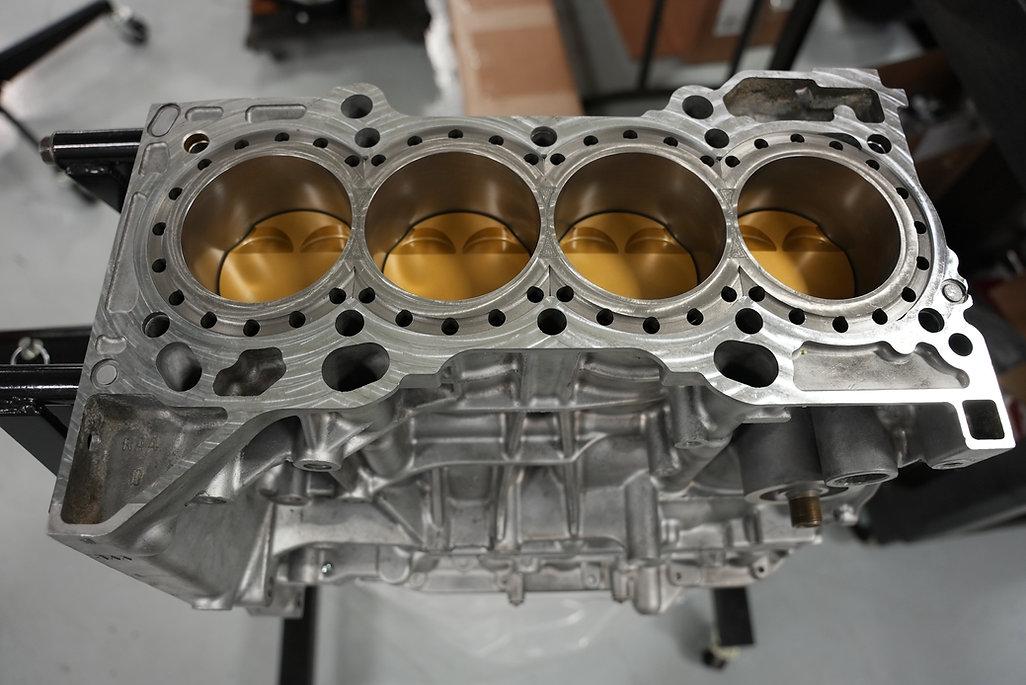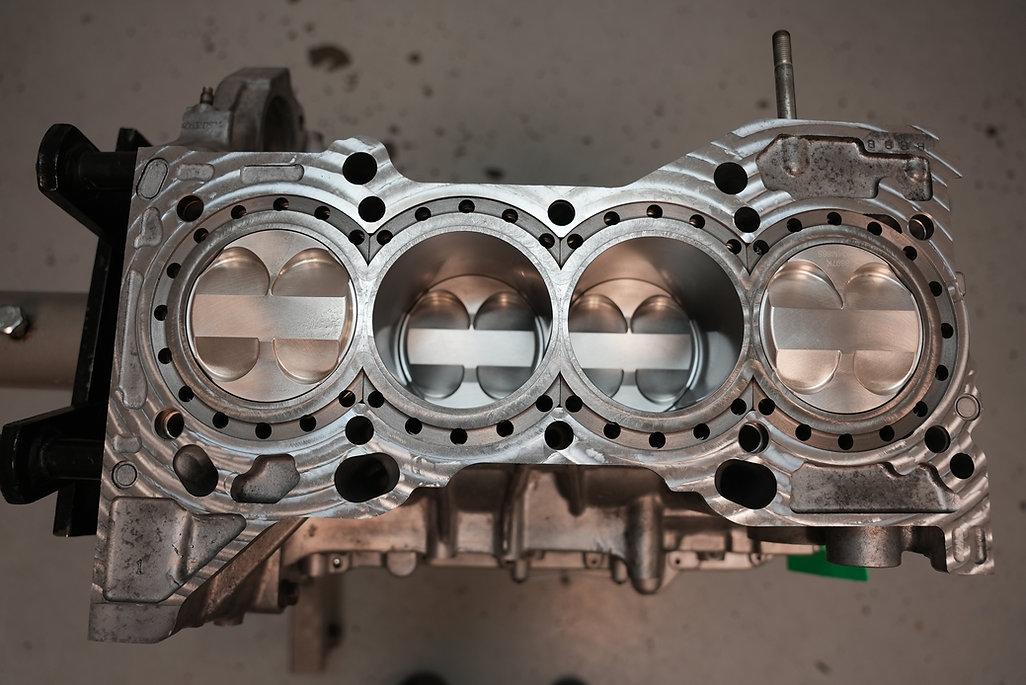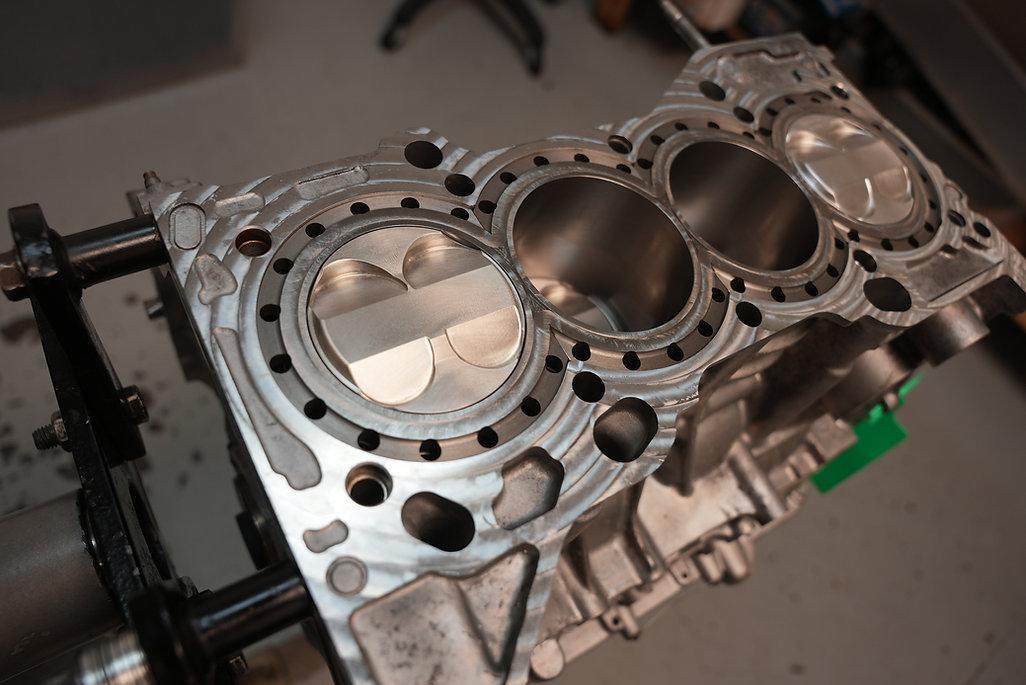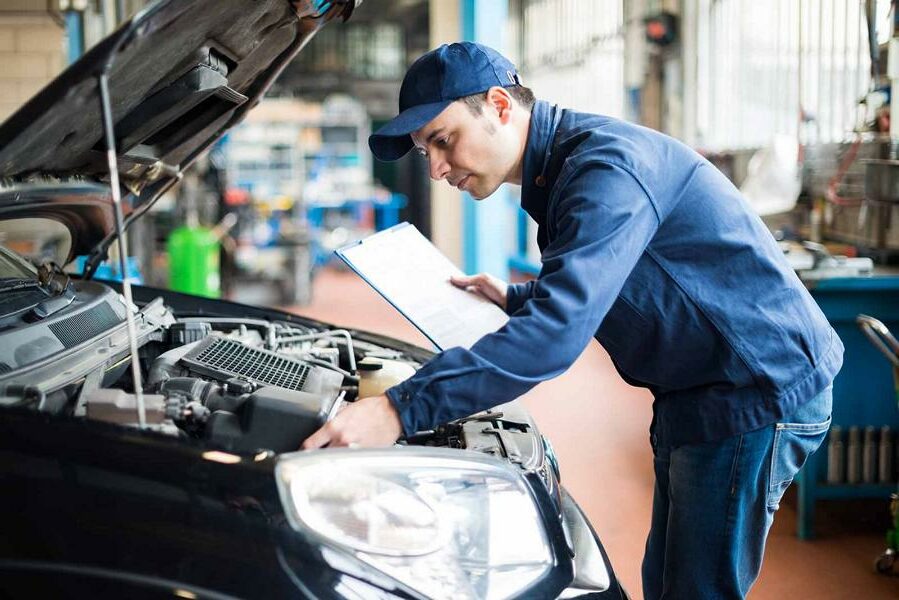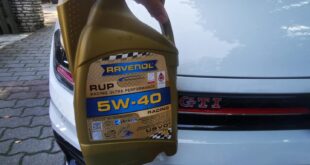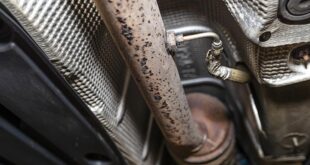The cylinder block, often referred to as the heart of every combustion engine, forms the robust foundation on which almost all motor processes build up. Its main task is to house the engine's cylinders, where the combustion of fuel takes place - a process that provides the necessary energy to propel the vehicle. But the role of the cylinder block goes far beyond this basic function. Made from cast or aluminum alloys The cylinder block not only provides a solid structure for the cylinders, but also for other critical components such as the crankshaft, the Camshaft (with engine-integrated design) and numerous other internal parts. The choice of material contributes to reducing the overall weight, which contributes to increasing efficiency and reducing consumption, particularly in modern engines.
What does the cylinder block do?
One of the most important functions of the cylinder block is the Cooling and Lubrication the internal components. Integrated cooling water channels surround the cylinders and carry coolant to prevent overheating. Enable at the same time Oil channels the constant lubrication of moving parts, which minimizes friction and reduces wear. The design of the cylinder block has a significant influence Performance and longevity of the motor. A well-designed cylinder block ensures optimal combustion and efficient exhaust gas evacuation, which directly improves engine performance and vehicle acceleration. In addition, a solid construction helps reduce noise by dampening vibrations that occur during operation.
Never skimp on maintenance!
The Maintenance of the cylinder block and its components is critical to maintaining performance. This includes regular Inspection and cleaning the cooling and oil channels as well as the inspection Cracks or wear. Modern diagnostic technologies enable efficient monitoring of the condition of the cylinder block, which makes early repairs and the replacement of wearing parts easier. Technological developments have revolutionized the design and production of cylinder blocks. The usage of high performance materials and modern casting process makes it possible to build lighter and at the same time more stable cylinder blocks. The innovations help to continually improve the efficiency of combustion engines and meet the requirements for more environmentally friendly mobility.
Cylinder block plays a central role
In summary it can be said that the cylinder block plays a central role in the function and efficiency of the engine. Its robust construction and ability to integrate and support numerous critical functions make it an indispensable part of modern Combustion engines. Continuous development in materials and design promises a sustainable role for the cylinder block in the automotive industry, even in times of increasing demand Electrification and alternative drive technologies.
- materials and construction: Cylinder heads off Light metals or aluminum alloys, resistant to high temperatures and forces
- anchoring: Often directly with that Crankshaft housing anchored for maximum stability
- seal: Cylinder head gasket and valve cover gasket ensure an airtight seal
- Components (depending on fuel type):
- Inlet and exhaust valves: Control air supply or air-fuel mixture and exhaust emissions
- Inlet and outlet channels: Channel the mixture into the cylinders and dissipate exhaust gases
- camshafts: Operate the valves, driven by a timing chain from the crankshaft
- Injectors (petrol engines): Inject fuel into the combustion chambers
- Injectors (diesel engines): Inject fuel into the combustion or pre-chambers
- Spark plugs/glow plugs: Initiate combustion (petrol engines) or serve as a cold start aid (diesel)
- Main tasks:
- Completion of the combustion chamber up
- Ensuring permanent Air and fuel supply
- Ensuring a constant Lubrication through oil channels
- Cooling of the unit through channels carrying water
- Possible defects:
- Leaks of the Cylinder head gasket, recognizable by loss of power and leaking oil
- Material cracks due to high loads often require repair or Planning of the cylinder head
- Repair and maintenance:
- Necessity to disassemble the engine for major repairs
- Replacement of wearing parts such as valves is possible, and the cylinder head rarely needs to be completely replaced
thematically relevant posts
In our category Tips, products, information & Co We have reviews of car or accessories manufacturers, new ones Tuning Wiki Terms or one or two leaks published.
 tuningblog.eu Your magazine about tuning the car
tuningblog.eu Your magazine about tuning the car
